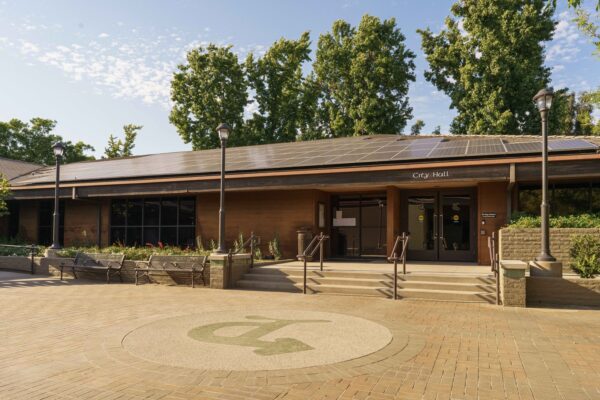The Los Angeles Police Department’s helicopter program spends 61% of its flight time on low-priority incidents at a cost of nearly $50 million per year to taxpayers, according to an audit released Monday by the City Controller’s Office.
City Controller Kenneth Mejia and his staff conducted a first-ever audit of LAPD’s airborne operation, the Air Support Division, also known as its helicopter program. The audit was conducted in response to calls from the community and some organizations who requested more information regarding the costs and performance of LAPD helicopters.
The audit focused on LAPD’s use of helicopters from 2018 through 2022, and explored whether the department has “justified the need for the program’s current size and scope, which consists of 17 helicopters and more than 90 employees,” according to the controller’s office.
From that time period, the city spent an average of $46.6 million on ASD, according to the audit. The audit found there is limited oversight or monitoring of the division, its policies, practices, or whether the program is in line with the city’s needs.
In a statement, LAPD Chief Michel Moore said the department received the audit Monday and will review it closely.
“I believe the Air Support Division’s activities play a critical role in our public safety mission here in Los Angeles,” Moore said. “Their flights frequently result in their arrival at calls for service ahead of our patrols aiding responding officers with critical information and situational awareness. Air support also provides added patrols to detect and prevent crimes including residential burglaries while also responding to officers’ assistance calls involving violent and highly dangerous situations.”
He added, “We will review the controller’s office recommendations as the department continuously strives to identify improvements that can be made.”
ASD was established in the 1970s. LAPD first began using helicopters in 1956, and its fleet has expanded from 1 to 17.
The controller’s audit found that since there has been no “comprehensive” external audit of the program until now, inefficiencies, data reliability issues and a lack of transparency and performance monitoring have gone unchecked.
The city operates its helicopter fleet on an almost “continuous basis” — usually there are two helicopters flying for 20 hours every day of the year. The helicopters logged an average of 16,000 hours of flight time each year at a cost of $2,916 per flight hour.
“The audit’s findings strongly suggest that the LAPD’s current use of helicopters causes significant harm to the community without meaningful or reliable assessment of the benefits it may or may not deliver,” the controller’s office said in a statement.
Some of the audit’s findings include the following:
- LAPD’s $46.6 million helicopter program cost more money than 14 city departments’ annual budgets;
- 61% of flight time was dedicated to low-priority incidents, such as transportation, general patrol time, and ceremonial flights;
- Some of these transportation and ceremonial flights were inefficient and an inappropriate use of city funds, including a passenger shuttle flights for a “Chili Fly-In,” a fly-by at a golf tournament, and a roundtrip helicopter transport of two high-ranking LAPD officers from LAPD headquarters in downtown to a meeting at a Harbor Community police station;
- Helicopters spend a disproportionate amount of time in certain communities when compared to other areas; and
- LAPD does not have a formal contract with its flight log application vendor, raising ethical, legal and other concerns.
Additionally, the audit outlined the environmental impact the helicopter program has in the city. According to the controller’s office, the helicopters burn approximately 761,000 gallons of fuel per year and release approximately 7,427 metric tons of carbon dioxide per year and burn about 47.6 gallons of fuel per hour.
The controller’s office provided three recommendations for reducing inefficiencies, improving data collection and management, and boosting transparency and performance monitoring.
The controller urged the establishment of a formal set of performance metrics and performance goals that are routinely gathered, assessed and made public so several city bodies and the public can monitor progress on a regular basis.
Additionally, LAPD should complete a formal assessment of air support needs for patrol and incident response operations to evaluate the program’s current operations and whether rightsizing opportunities exist.
The city and LAPD leadership should update the ASD manual to establish polices for the planning and authorization of directed patrols, fly-bys and administrative flights.
With the audit, the city can use the information as a guideline to make appropriate changes to the helicopter program.







